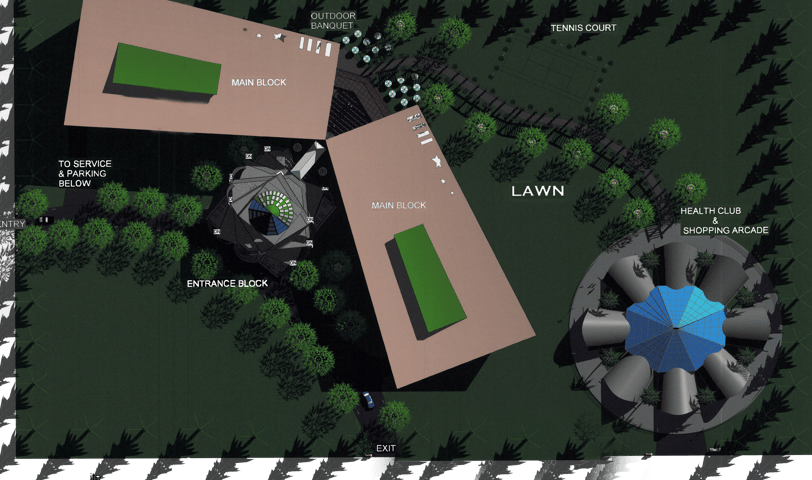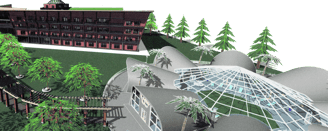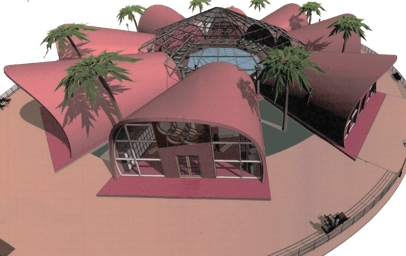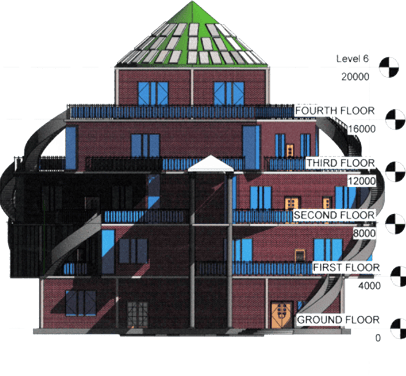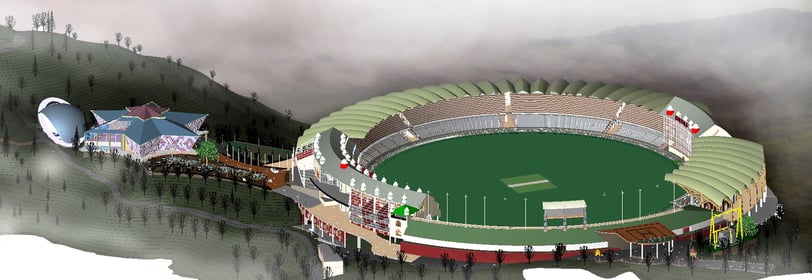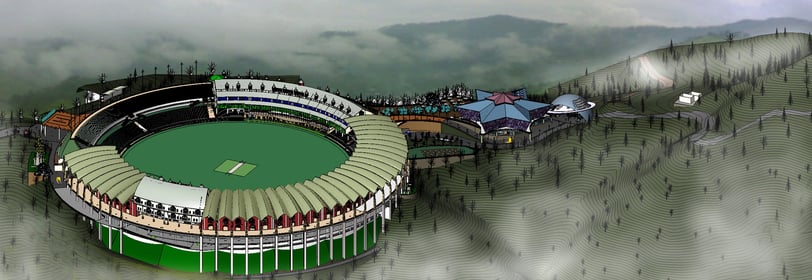An exciting journey from Revit to BIM and beyond
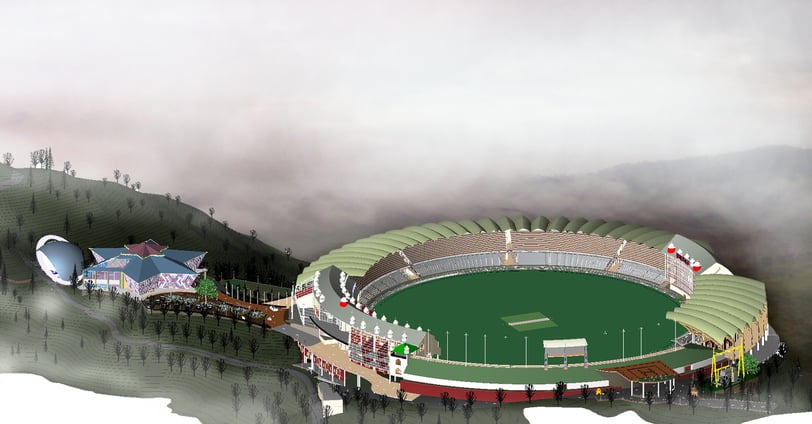

I moved to Canada in 2021, and since, I’ve often been asked if I know about Revit and if yes, how much. Not only during the interviews with different organizations, but also during team meetings and brainstorming sessions, I’ve taken pride in teaching, discussing and leading BIM discussions, especially around Revit and other AEC tools. Now, let me take you through my experience with BIM, how it transformed my projects for better, and how it has been a big part of my design journey right from my college days to my profession in design and construction
Ever wondered what it is like to have a dream and get one step closer to that dream? It was 2004 when I got selected in an architectural college and I knew my journey towards becoming an architect and a design expert had begun. My first two years in college were primarily focused on understanding the concepts and the foundation of architecture and creating hand-drawn designs, however, it was in the third year when I actually had a course on computer applications in architecture and given my interest in computers and 3D, I was eager to learn about the professional softwares used in the industry. Initially, I realized that AutoCAD was the most popular software, but given my prior experience with 3D platforms made me curious about other advanced options.
It was in 2006 that I was introduced to ArchiCAD and Revit, two groundbreaking software programs from different parts of the world. Although I gained proficiency in both, I found myself particularly drawn to Revit. My preference for Revit was based on its capabilities and intuitive design, despite the fact that it wasn't yet a part of Autodesk. The first version I worked with was Revit Building 8, and it quickly became my tool of choice for its innovative features and approach to 3D architectural design.
The beginning…
My foray into 3D design began in 1998, when I received my first computer as a gift from my family. Eager to explore the world of design, I installed 3D Home Architect—a foundational tool for its time. Despite its basic tool palette, it offered everything necessary to design a house and visualize it in three dimensions, igniting my passion for 3D modeling and design.
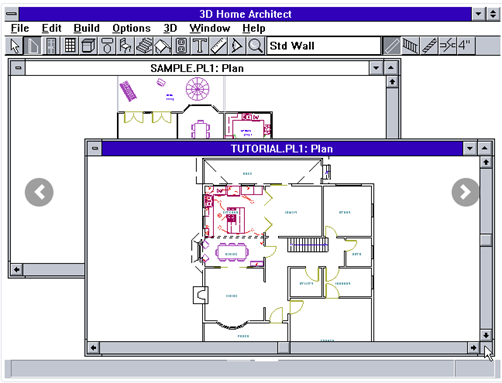

First project
I embarked on my first project using Revit: a five-star hotel complex. This project included a hotel block, an entrance pavilion, and a health club. The design concept was rooted in biophilic principles, aiming to harmonize the built environment with nature. The entrance pavilion was inspired by the form of a shell, symbolizing a welcoming gateway. The health club drew inspiration from the structure of a flower, embodying vitality and growth. The main hotel block featured an organic, free-flowing form, seamlessly connecting with the entrance pavilion through multi-level bridges. Below are some visuals showcasing the innovative design of this project.
thesis and Live projects
In the following year, several other projects were designed using Revit from studio projects comprising a housing project, live projects including acoustical upgradation of auditorium at Koldam, landscaping at Koldam, and thesis “Stadium on Hills” – International Cricket Stadium and Academy.
In the subsequent year, Revit became an integral tool in several projects ranging from studio assignments to live projects. These included a comprehensive housing project, the acoustical upgrade of an auditorium at Koldam, landscaping enhancements at Koldam, and my thesis project titled “Stadium on Hills: International Cricket Stadium and Academy.”
The stadium design integrated three key concepts:
“Bringing Constellations to Earth” – This concept aimed to mirror celestial patterns in the layout and building design
Sustainability through Design – Emphasis was placed on eco-friendly practices and materials to minimize the environmental impact
Gothic Architecture – The design incorporated elements of Gothic architecture, reflecting the historical styles prominent in Shimla, the project’s location
Every detail was meticulously planned, accounting for the terrain's varying levels and integrating multiple uses. The design accommodated over 20,000 people during peak events, ensuring efficient evacuation routes and a smooth flow throughout the stadium complex. Below are some snapshots of the stadium complex.
To learn more about the project, click here
EVOLUTION FROM rEVIT TO bim
While the term Building Information Modeling (BIM) has existed since the early 2000s, it wasn’t until the following decade that it gained widespread popularity within the Architecture, Engineering, and Construction (AEC) industry. This growth in adoption has led to several countries and institutions mandating the use of BIM.
I am not here to promote Autodesk specifically, but I must emphasize that Revit, an authoring tool in the AEC collection, is exceptionally powerful when applied strategically. When used correctly, Revit benefits architects, engineers, contractors, and owners alike by enhancing efficiency, collaboration, and integrated project delivery across all project phases.
Although BIM adoption in Canada is still in emerging stages, its advantages are undeniable, which is why BIM is increasingly embraced and mandated worldwide. BIM significantly improves collaboration, efficiency, and accuracy throughout the project lifecycle, making it a valuable asset for modern design, construction, and building operations.
In this blog, I have shared insights from my experience with 3D design and modeling, predating the advent of BIM, and how, over 17 years ago, I began utilizing Revit for integrated and sustainable design. My work demonstrates that the effective use of BIM is foundational to achieving these principles.
Many are familiar with the 10 Dimensions of BIM, but it is crucial to recognize that all these dimensions are built upon the third dimension (3D), which represents the core of BIM.
In future posts, I will delve into examples and developments in the field, exploring how concepts such as lean design and construction, integrated project delivery, digital twins, and big data are interconnected. These advancements drive innovation and efficiency in design and construction, shaping a sustainable future driven by the integration of technology within the AEC industry.
